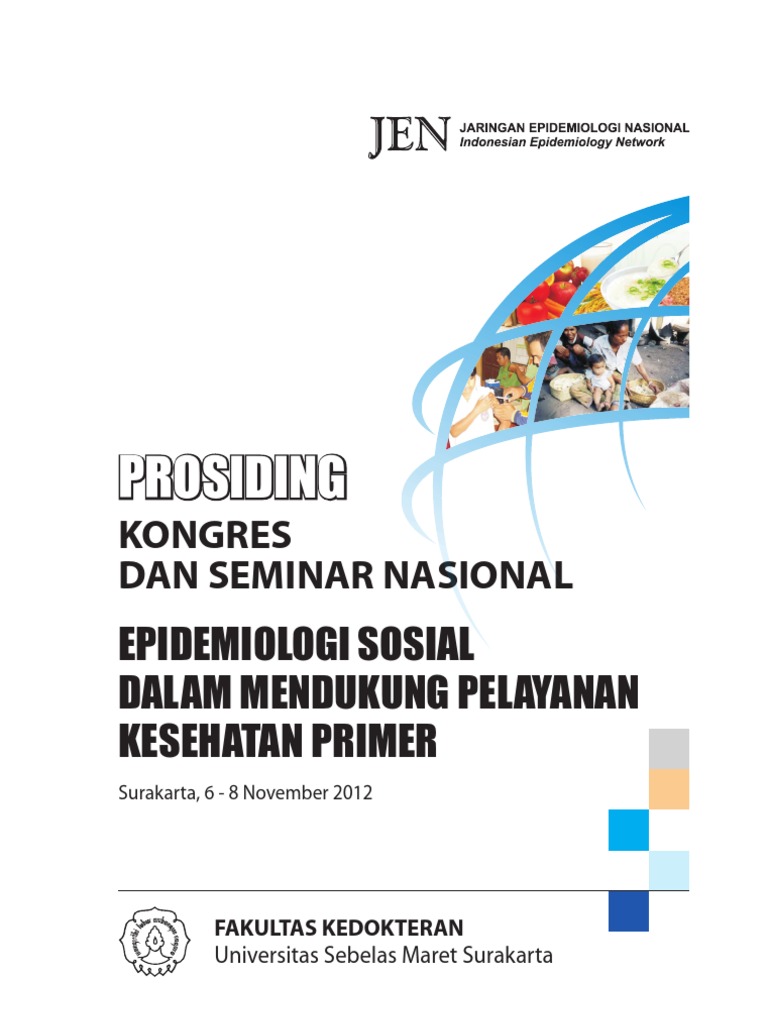
voiceover: so, i want totalk about non cyanotic heart disease, but beforei do that, let's do a quick review of blood flow through the heart. so blood is coming backfrom the rest of the body. as it's coming back, it isgoing to be deoxygenated because the body wasusing up all the oxygen and now it's sending theblood back to the heart and it hardly has any oxygen in it, it's actually deoxygenated.
so, this is coming back tothe right side of the heart, and from that right side,as the heart is beating, it is going to send theblood, the deoxygenated blood via these vessels and they'regoing to go to the lungs. and it's a good thing thatthey're going to the lungs, because here's what'shappening in the lungs: as it's passing throughthese little vessels that we call pulmonarycapillaries, as it's passing through thosecapillaries, it's going
to pick up somethingthat's very important, and the thing it's goingto pick up is oxygen. and as it picks up that oxygen, you'll see that it kind of becomesa brighter red color, a brightish red color;before it was very dark, but as it's picking upthat oxygen it is changing color to where it's kind of bright red. and that blood is going to come back to the left side of theheart and it's going
to go through the left side of the heart and as the heart beats, it's going to send that oxygenated bloodnow throughout the rest of the body, so this isthat blood, it's going through all of thesevessels and it's going throughout the body, which makes sense, it's delivering the oxygen to the body. now, here's the thing: youwant to have this separation, you want the right sideto have your deoxygenated
blood so that it can go through the lungs and then come back via this left side, so that can then go in itsoxygenated form to the body. now, in individuals thatare born with non cyanotic heart disease, there issome kind of a defect and i'm showing a defecthere, where there's a hole in the heart and that defectallows for, of course, blood is going to pass through that hole. even though that's not whereyou want the blood to pass,
if the hole is there and theheart is beating, the muscle is contracting, it's going to send blood through that opening, but the question is, which direction is theblood going to flow? and to answer thatquestion, let's just think logically about what's happening here: on the right side, thisside of the heart is beating and when the heart isbeating, this side is sending blood, it's not going a far distance,
it's going right next door to the lungs, to come back to theleft side, but when the left side contracts, whenthat beats, it's sending blood all throughout the body, it's going to the head, it's going to the neck, it's going to the arms and the legs and all throughout the body and this has to do significantly more work. you can see here that the muscle, here, is
significantly thicker on the left side than we have on the right side. and as a result of that,we're going to have significantly more pressure over here. and if you have more pressure over here, that is going to squeeze the blood through that opening and it's going to go from the left side to the right side. and that's exactly what we have with
non cyanotic heart defect. it's a congenital disease; and congenital just means that thatindividual is born with it, that causes blood toshunt from left to right. okay, so what's the problem here? okay, so we have blood that's shunting from left to right becausewe have a hole in the heart. and you often hear abouta hole in the heart and you wonder maybe"that must be bad, right?"
well, let's think about what's happening, let's get back to that color that we were using before. what kind of blood do wehave over here on the left? well, it's oxygenated blood. and if some of that squeezes through that little opening andgets into the left side, okay, that oxygenatedblood is going to go back to the lungs and as itgoes back to the lungs
with the rest of the blood, they're going to be picking up oxygen and then that's going to go back to theright side of the heart, as we expect it to go, and then it's going to go to the body and someof it might go back through. is that a real problem? well, usually when we have individuals with a small hole in theheart, it's asymptomatic because what we're doingis we're just sending
oxygenated blood back to the lungs. that is not efficient, thisis not an efficient system. but, it's still functional,the oxygen levels are going to be adequatefor normal function and, of course, the bodyneeds oxygen in order to do all of the thingsthat need to be done, so that it can have theenergy that it needs. and with this oxygenatedblood that's going back, we still end up with normal levels
of oxygenation on this right side, so it's going to be asymptomatic. and it doesn't matter ifthe hole is down here, or up here, the fact isyou have higher pressure on the left side and thatis going to always overpower the lower pressure on the right side. so you will always havethat left to right shunting; and that is in non cyanotic heart disease.
0 komentar:
Posting Komentar